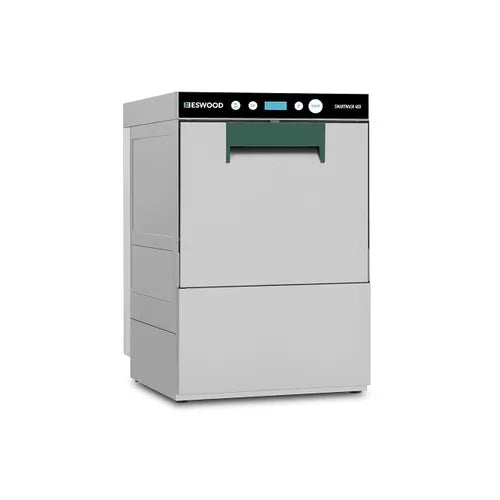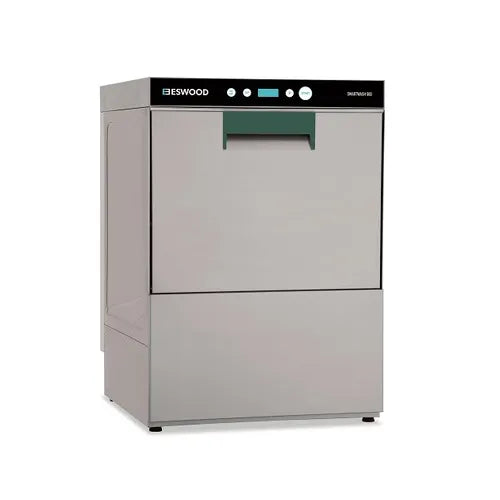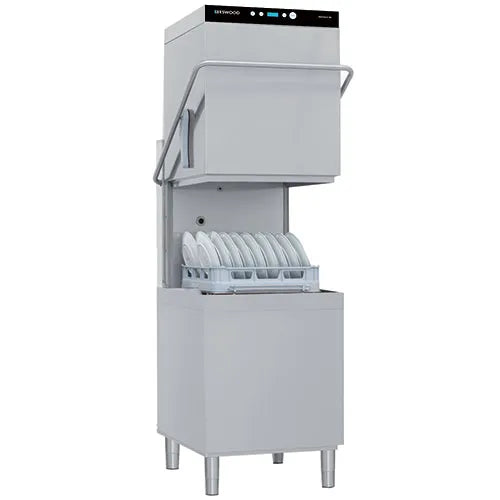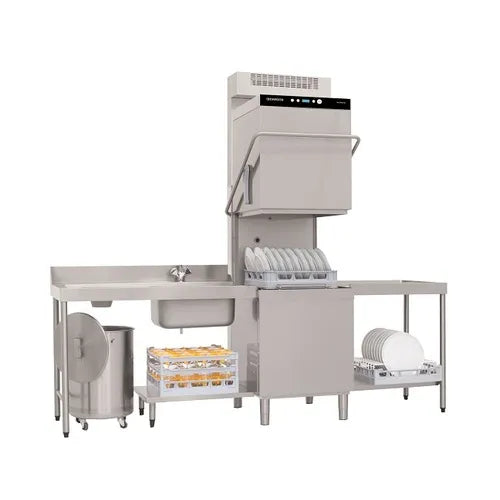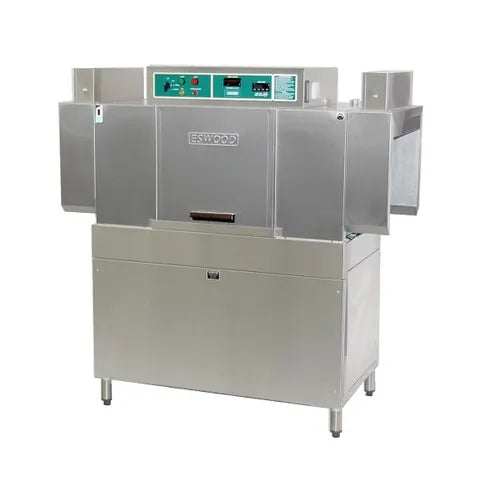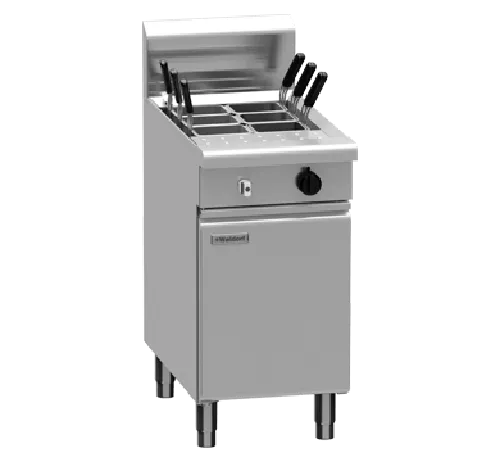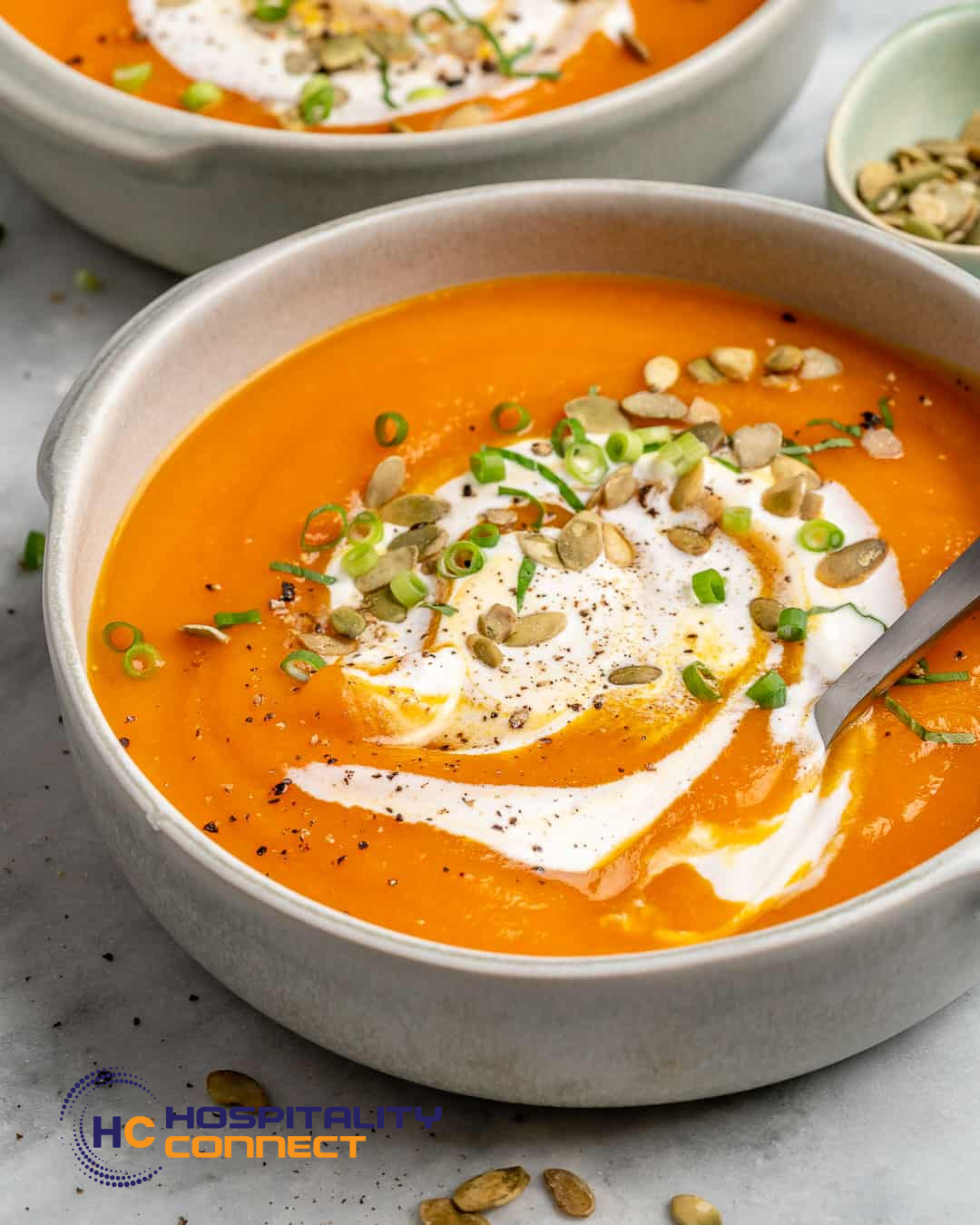In a commercial kitchen—especially one serving large volumes—specialized cooking equipment is key to maintaining consistency, speed, and quality. When it comes to preparing noodles or pasta efficiently, chefs often turn to either a noodle cooker or a pasta cooker. While these two appliances may look similar, they’re designed with different functions, temperatures, and cooking styles in mind.
In this guide, we’ll break down:
-
The definition of each appliance
-
Their key differences
-
Which industries use them
-
And how to choose the right one for your kitchen
🍜 What Is a Noodle Cooker?
A noodle cooker is a specialized appliance designed for rapidly cooking fresh or frozen Asian-style noodles, such as ramen, egg noodles, soba, and udon. It typically includes:
-
A high-powered gas or electric heating system
-
Multiple small perforated noodle baskets
-
A continuous water circulation or overflow system to remove excess starch
Noodle cookers are extremely popular in:
-
Asian restaurants
-
Ramen shops
-
Vietnamese pho outlets
-
Commercial kitchens producing high volumes of individual noodle portions
🍝 What Is a Pasta Cooker?
A pasta cooker is designed for boiling traditional Italian-style dry or fresh pasta in larger batches. It typically includes:
-
One or two large baskets for bulk cooking
-
High-capacity tanks for holding and boiling large volumes of water
-
Some models also feature starch removal systems or integrated drainage
Pasta cookers are common in:
-
Italian restaurants
-
Cafeterias
-
Catering kitchens
-
Hotel and event kitchens
🔍 Key Differences Between Noodle Cookers and Pasta Cookers
| Feature | Noodle Cooker | Pasta Cooker |
|---|---|---|
| Primary Use | Asian-style noodles (e.g., ramen, pho) | Italian pasta (e.g., spaghetti, penne) |
| Basket Type | Multiple small baskets for individual servings | One or two large baskets for bulk cooking |
| Water System | Continuous circulation with overflow drainage | Large capacity, static or refillable water |
| Cooking Time | Very fast (30 seconds to 2 minutes) | Longer (8 to 15 minutes) |
| Portioning | Cook-to-order individual portions | Batch cooking for multiple servings |
| Temperature Control | Precise for delicate noodle textures | Sustained high boiling for starch breakdown |
| Common Locations | Asian kitchens, noodle bars | Italian restaurants, buffets, canteens |
✅ Choosing the Right Cooker for Your Kitchen
Here are some guidelines for selecting the right equipment:
Choose a Noodle Cooker if you:
-
Serve multiple noodle dishes and need fast, individual cooking
-
Want to avoid noodle sticking or overcooking
-
Need a compact machine with portion-specific baskets
Choose a Pasta Cooker if you:
-
Serve large quantities of pasta at once
-
Prepare pasta in advance or use a par-cooking system
-
Need a high-volume unit for batch production
🔧 Can You Use One in Place of the Other?
Technically, yes—but with compromises.
A noodle cooker can boil pasta, but the smaller baskets and lower water volume might not accommodate large portions or heavy starch content.
A pasta cooker can prepare noodles, but without a proper starch overflow system, they may become gummy or overcooked—especially delicate noodles like vermicelli or rice noodles.
For best results, use the equipment designed for your primary dish type.
🏁 Final Thoughts
While they may look similar, noodle cookers and pasta cookers are engineered for different cuisines and workflows. Understanding the difference ensures that you choose the most efficient, high-performing appliance for your specific needs—whether it’s fast-turnaround ramen bowls or large-batch penne for a buffet.
At Hospitality Connect, we supply commercial kitchens with purpose-built noodle and pasta cookers from top brands. Whether you're running an Italian trattoria or an Asian noodle bar, we can help you select the right unit for performance, volume, and space.


